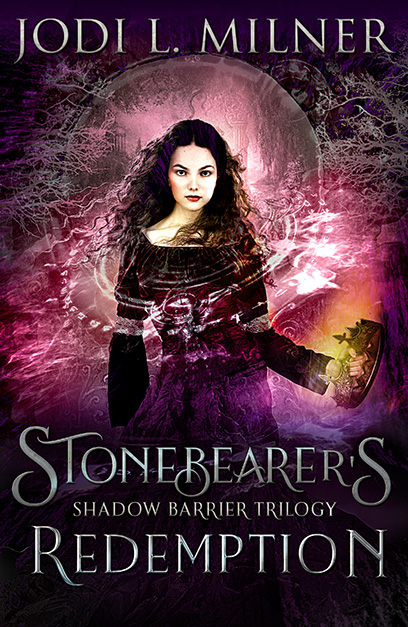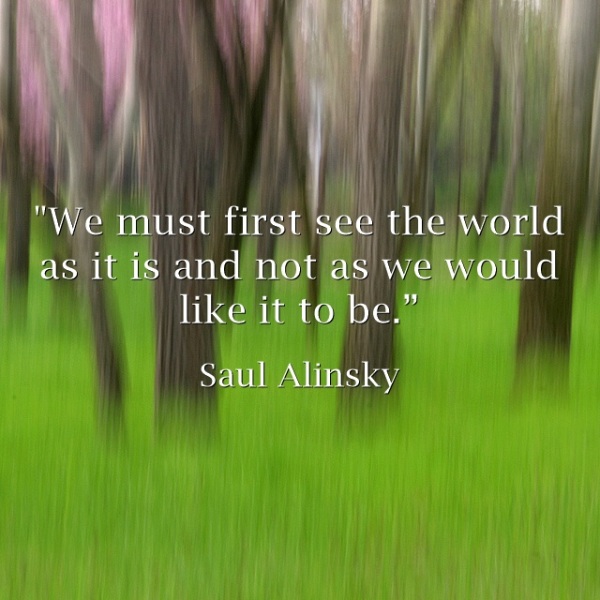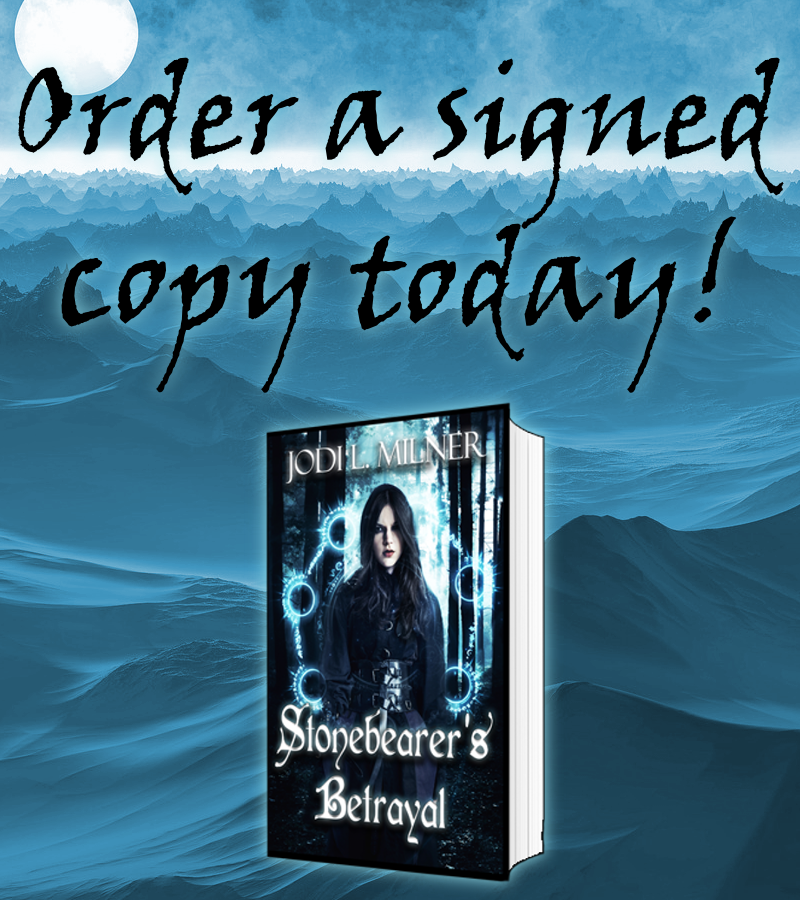[Originally posted at JodiLMilner.com December 7th, 2022]
After a year of extra waiting, the third and final book in the Shadow Barrier Trilogy is finally here! Stonebearer’s Redemption picks up Katira’s story a few months after the events of Stonebearer’s Apprentice where Wrothe found a way to attack the stronghold of Amul Dun directly, the first enemy to do so in the castle’s long history.
What’s this one about?
We start the story with Katira being content with her new life living at Amul Dun as she learns more about the power she holds. This peace is disrupted when she discovers that Namragan is under attack by shadow hounds. Both she and Papan feel compelled to return and ensure the safety of the place they once called home.
In doing so, Katira encounters a new problem that has everything to do with who she is and her destiny. If she can solve it, it will right a wrong committed hundreds of years before she was ever born.
Stonebearer’s Redemption is a fact-paced story full of drama, danger, and all the feels you’ve come to expect from me.
Why the delay in publishing?
Books that end a series present their own unique challenges, and this one is no different. It was a massive learning experience for me to gather up all the different story threads and combine them together to create a fulfilling conclusion that lived up to expectations.
Considering all that – I was bound to make a few mistakes.
I truly believed the book to be brilliant and complete back in August 2021 when I turned it into my editor for the first time. It was then that she very kindly pointed out a story problem so large that she may or may not have had the urge to throw the book across the room.
It seems that in my misguided attempt to elicit sympathy for our favorite villain, Wrothe, I made some choices that didn’t make sense in light of just how nasty a character she was in the first two books. Turns out that you can’t give a bad guy a happy ending, no matter how compelling you think it might be.
But, as I said before, writing this series has been a learning experience. I had a chance to make things right and by golly, I was going to take it. The last thing I would ever want is for a reader to be invested in Katira’s story enough to read the whole series, only to be disappointed in the end.
Up to this point, I’d been working on this book several hours a day for months on end. I needed a break. So – I wrote a cute little novelette that had been itching the back of my brain since I’d finished book #1 all about the events surrounding when Katira came into Jarand and Mirelle’s lives as a baby.
Only a writer would distract themselves from one big book problem by writing another book. So, yeah … Ta Dah!

Once “Of Stone and Spark” was done, I dove back into editing and pulled out those less-than-great ideas like the weeds they were. In the process, I found all sorts of new exciting ideas waiting for me. Stonebearer’s Redemption is a million percent better for the effort and I’m glad I took the time to essentially rewrite the entire thing.
What’s next?
As this is my first completed series, I’m taking a few weeks to truly celebrate this moment. This is the largest and longest-running project I’ve ever finished and it deserves time to shine. It won’t be long until I’m itching with a new idea, or character, or world that demands to be written.
As my gift to you, Stonebearer’s Betrayal, the first book in the Shadow Barrier Trilogy, is discounted to $0.99 for the entire month of December 2022. If you haven’t started, here’s your chance!
Happy reading!


 Creating a “B” story *Ragnarok spoilers ahead*
Creating a “B” story *Ragnarok spoilers ahead* Hitting a Meaningful Climax
Hitting a Meaningful Climax



 It all comes down to how the brain processes stimulus. Deep in the most protected part of the brain, is a part that researchers refer to as the “reptile brain.” This oldest and least evolved part of the brain. Your instincts spring from here, so do your startle responses. The reptile brain’s goal is to keep you alive by alerting you if it thinks something is wrong. Throughout your day this part of the brain interprets stimulation that you see, smell, touch and taste and decides if it’s safe or not. Trouble is, it doesn’t know the difference between what is really happening, and what’s on a page or a screen. Creatives can hack this and make readers have a gut response to things that aren’t happening.
It all comes down to how the brain processes stimulus. Deep in the most protected part of the brain, is a part that researchers refer to as the “reptile brain.” This oldest and least evolved part of the brain. Your instincts spring from here, so do your startle responses. The reptile brain’s goal is to keep you alive by alerting you if it thinks something is wrong. Throughout your day this part of the brain interprets stimulation that you see, smell, touch and taste and decides if it’s safe or not. Trouble is, it doesn’t know the difference between what is really happening, and what’s on a page or a screen. Creatives can hack this and make readers have a gut response to things that aren’t happening. Watching a thrilling chase scene is exciting. Knowing what’s at stake if our hero gets caught bumps the scene up a notch to thrilling. When the audience understands the price of failure, let’s say the hero’s family will be assassinated, it gives them a reason to care. This pushes the visceral response to activate on a deeper more conscious level that is more than just instinct.
Watching a thrilling chase scene is exciting. Knowing what’s at stake if our hero gets caught bumps the scene up a notch to thrilling. When the audience understands the price of failure, let’s say the hero’s family will be assassinated, it gives them a reason to care. This pushes the visceral response to activate on a deeper more conscious level that is more than just instinct.

 First, consider your character and answer these questions, either in your head or written down:
First, consider your character and answer these questions, either in your head or written down:













